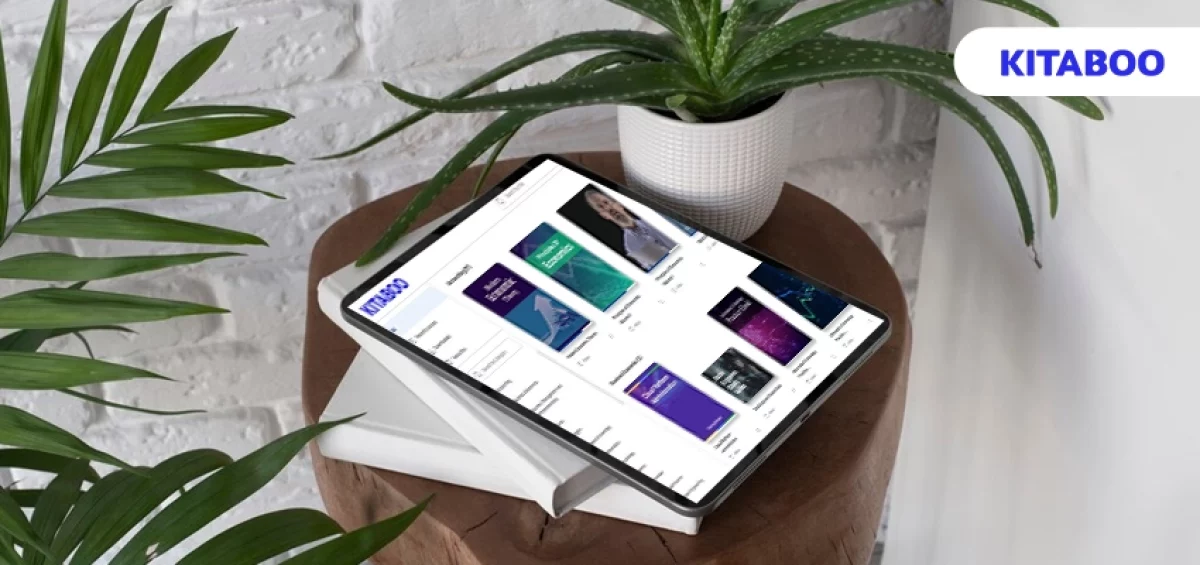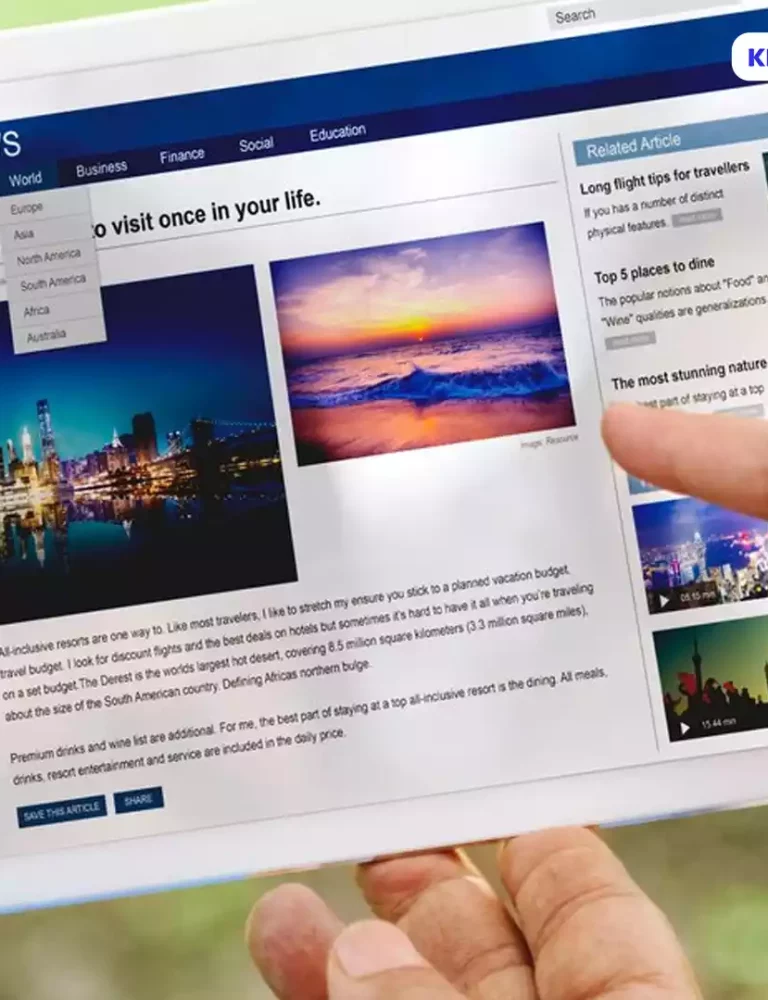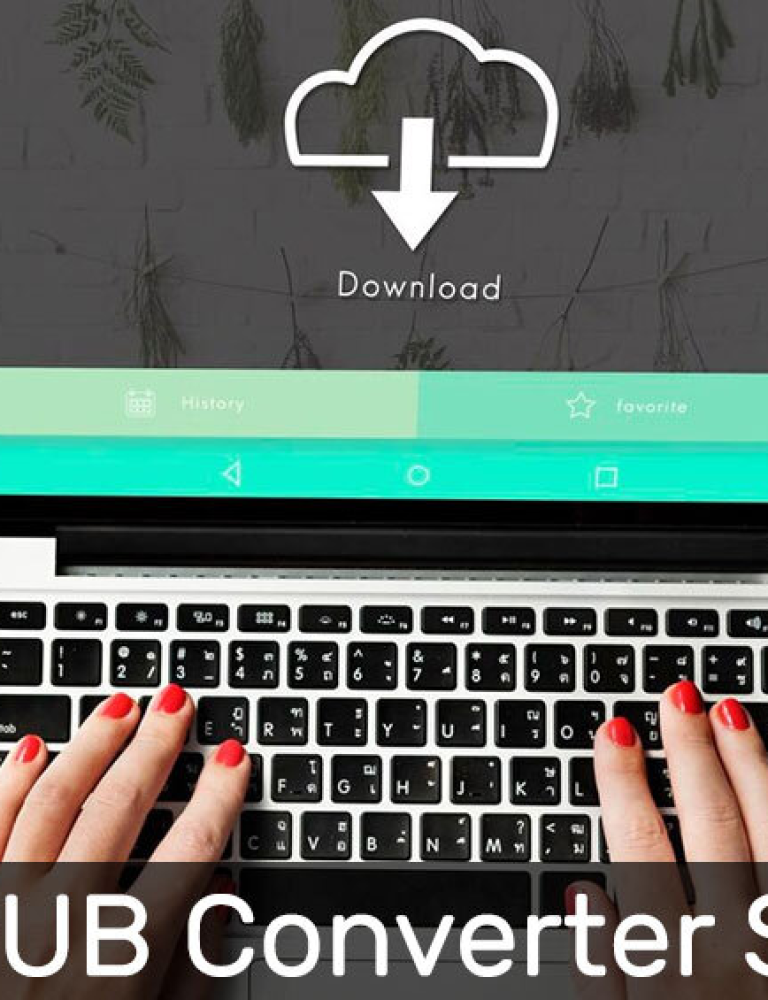eBooks have become a major part of our everyday lives, trading in the problems of carrying around hefty books for their boundless convenience. eReader platforms allow publishers and readers alike to have access to a convenient place for hosting, buying, and reading eBooks.
In this blog, we will explore the benefits of using eReader platforms for all parties and how they empower publishers in the digital age.
Table of Contents
I. The Rise of eReader Platforms for Publishers
The Rise of eReader Platforms for Publishers
eReader platforms for publishers have changed how content is created, distributed, and consumed. These platforms have revolutionized traditional publishing and empowered publishers in several ways.
Let’s explore the benefits eReader platforms offer publishers worldwide.
Accessibility
Historically, securing distribution channels for printed books required the success of complex negotiations and deals. However, eReader platforms allow publishers to instantly reach a global audience without having to deal with superficial formalities.
These platforms democratize access to readers around the world and provide new avenues for future growth and exposure.
Reduced Costs
Traditional publishing involves a lot of significant upfront costs, such as printing and distribution. eReader platforms reduce or completely eliminate many of these extra costs, allowing publishers to distribute their digital assets with greater ease.
Using digital distribution channels enables publishers to bypass the need for physical inventory and streamline their operations. This benefits established publishers but also empowers aspiring authors and independent publishing houses.
Control Over Content
eReader platforms for publishers allow them to adapt to changing market dynamics with precision, unlike traditional publishing contracts that can severely limit an author’s creative freedom or impose restrictive terms.
eReader platforms allow publishers to retain ownership of their intellectual property and dictate the terms of distribution. Publishers can experiment with pricing strategies or target niche audiences to change their approach without crossing contractual obligations.
Rapid Publishing
eReader platforms offer a distinct competitive advantage by expediting the time-to-market for their titles. Traditional publishing timelines can stretch for years, whereas uploading your ebook to platforms results in its nearly instant availability to readers. This improves revenue generation and allows publishers to refine their content based on reader feedback.
Data-Driven Decision-Making
By using built-in analytics tools, publishers gain invaluable knowledge about reader behavior, preferences, and engagement metrics. Publishers can track sales performance and refine their marketing efforts toward certain target demographics, making informed decisions at every stage of the publishing process.
Data-driven strategies improve the discoverability and profitability of ebooks to facilitate long-term success.
Simplification of the Publishing Process
The process from first draft to bookshelf can be filled with complexities. However, with the rise of eReader platforms, the process of publishing offers a more streamlined and accessible way of bringing their digital content to the market.
Let’s discuss this process and explore the ways in which eReader platforms simplify publishing.
User-Friendly Interface and Tools
eReader platforms offer user-friendly interfaces and tools that are designed to streamline the process of uploading and formatting ebooks. Many eReader platforms provide detailed guidance and resources to help authors and publishers navigate the publishing process. These platforms provide the necessary tools and support to ensure a better publishing experience.
Global Distribution
eReader platforms enable publishers to reach a global audience with just a few clicks. By uploading eBooks to an eReader platform, authors and publishers can instantly make their content available to readers around the world and eliminate the need for keeping a physical inventory. This instant accessibility maximizes the reach and potential impact of newly released eBooks and ensures that they reach audiences around the world.
Digital textbook platforms such as KITABOO allow users to design, distribute, and promote digital content compatible with a variety of devices, ensuring that they are able to promote their content to a wide range of demographics across the globe.
Real-Time Publishing
eReader platforms allow writers and publishers to update their content in real-time so that they can respond quickly to feedback or changes in market demands. eReader platforms provide flexibility for managing your content. This real-time publishing capability empowers publishers to refine their ebooks and make the most of any future opportunities without the restrictions of traditional publishing timelines.
Extensive Support and Resources
eReader platforms offer publishers access to extensive support and resources, which can help them succeed in the digital marketplace. Online tutorials, customer support teams, and community forums provide publishers with the tools and knowledge they need to navigate the complicated aspects of the publishing process. These platforms are committed to empowering publishers with the information and assistance they need.
The Future of Publishing
As traditional publishing models adapt to the demands of the digital age, the future of publishing presents a dynamic market ready to account for technological advancements and changing consumer preferences.
Let’s look at how publishers can position themselves to thrive in the digital era.
Technological Advancements
Advancements in eReader platforms and digital distribution channels, including the incorporation of technologies such as augmented reality (AR) and artificial intelligence (AI), will continue to improve how content is created, distributed, and consumed.
Publishers will need to utilize these technological advancements to enhance the reader experience and discover new ways of increasing engagement.
Personalization and Reader Engagement
Publishers must use the power of data analytics and machine learning algorithms to personalize content recommendations and deliver customized reading experiences to their readers.
Understanding reader preferences, behavior, and demographics allows publishers to know what their audiences want, create deeper connections with them, and ultimately increase reader engagement.
Digital textbook platforms such as KITABOO allow educators, publishers, and writers to create their own branded apps, with support for creating dynamic and stunning ePub eBooks.
Interactive Storytelling
eReader platforms have revolutionized the way stories are created and shared, allowing authors to engage directly with their audience, receive feedback, and create content collaboratively.
Publishers should be open to taking part in this emerging culture to develop their own communities of writers and readers and explore new formats such as serialized and interactive narratives.
Conclusion
eReader platforms have forever changed how eBooks are marketed, distributed, and consumed, providing publishers and users with a centralized storefront for accessing digital content. eReader platforms are truly empowering publishers in today’s era driven by technology, allowing them to make use of all the tools they have at their disposal.
Digital textbook platforms like KITABOO provide a cloud-based hub of tools that allow creators to craft, publish, distribute, and promote eBooks across a wide range of operating platforms. Accessibility options and interactive features enable the creation of simply stunning works that enrich the learning experience.
To know more, connect with us now!
Discover How An Ebook Conversion, Publishing & Distribution Platform Can Help You
Kitaboo is a cloud-based content platform to create-publish & securely distribute interactive mobile-ready ebooks.
You May Also Like








